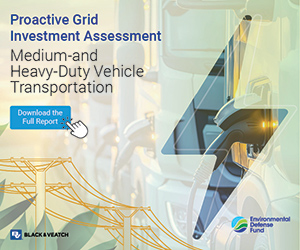Hollywood animators take a jab at the energy crisis.
California always seems to get a bad rap. Some refer to the state as the "Left Coast" and "La La Land." California's politicians, regulators and utilities did little to dispel this stereotype with the drafting of the state's mid-1990s electric industry restructuring legislation, an initiative that many in the industry have maintained since day one was an ill-conceived, convoluted mess.
During the hot summer of 2000, California's energy policy moved from the fringes of political debate to center stage, creating a large cast of heroes and villains. And now, a top Hollywood movie studio is using the underlying principles of the state's energy crisis as fodder for a full-length animated movie.
Late last year, Pixar and Walt Disney Studios released the film, Monsters, Inc., with millions of children-and their energy bill-paying parents-as the target audience. On the surface, the 90-minute flick is a traditional Hollywood tale of the spirit of good overcoming evil. Not so deep beneath this message, though, are references to greedy power companies and failed policies of relying on one fuel source to power a city.


